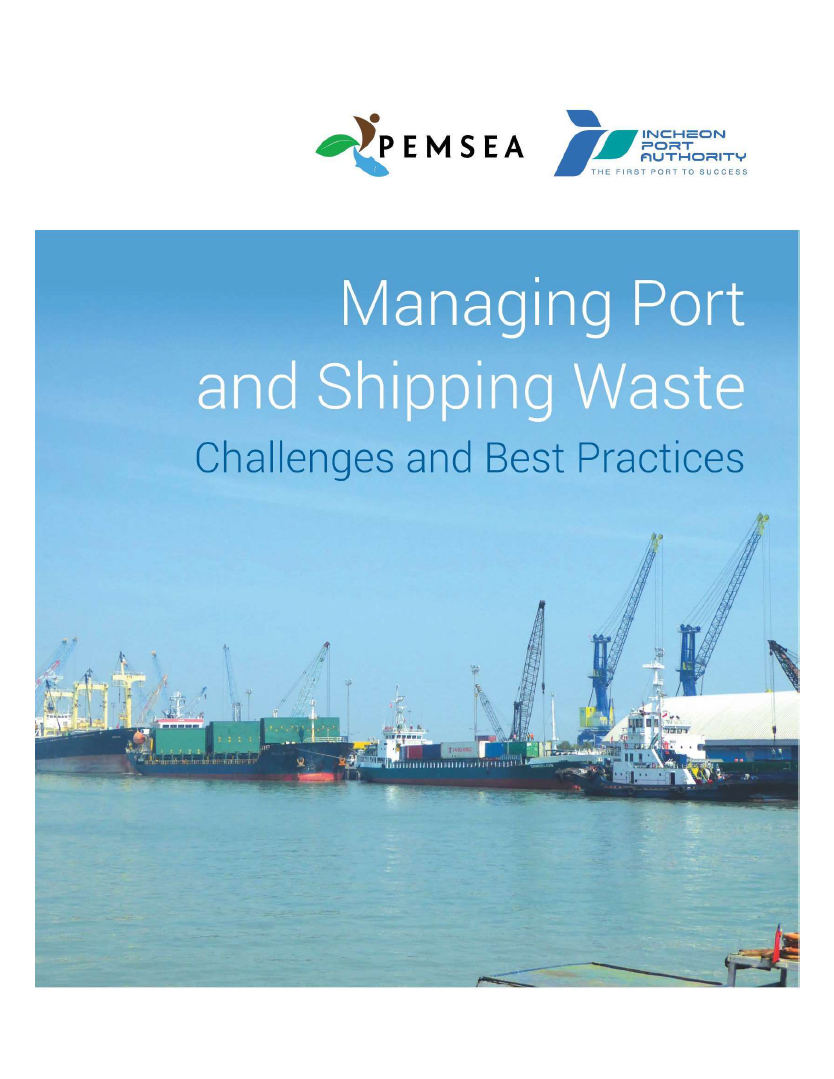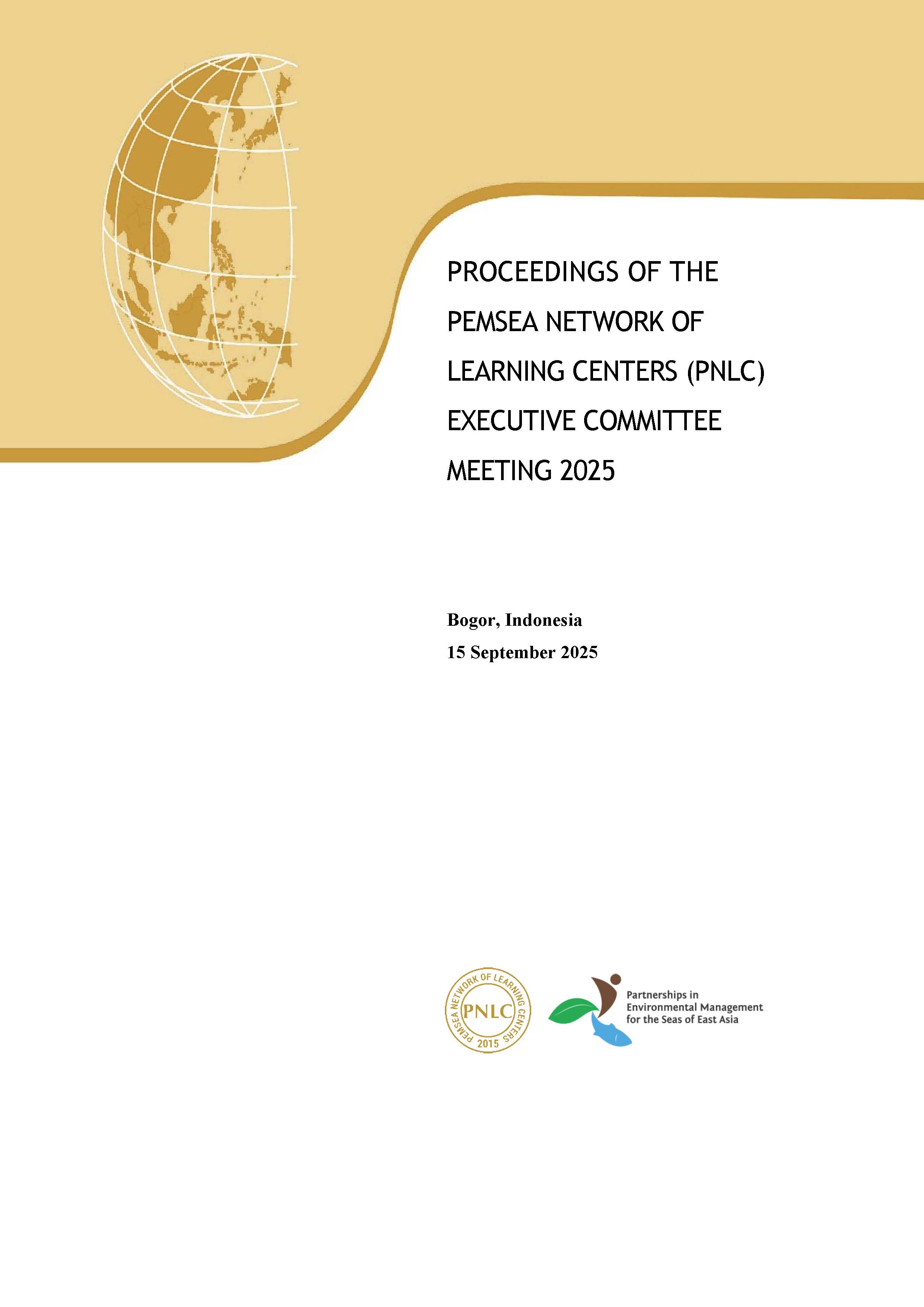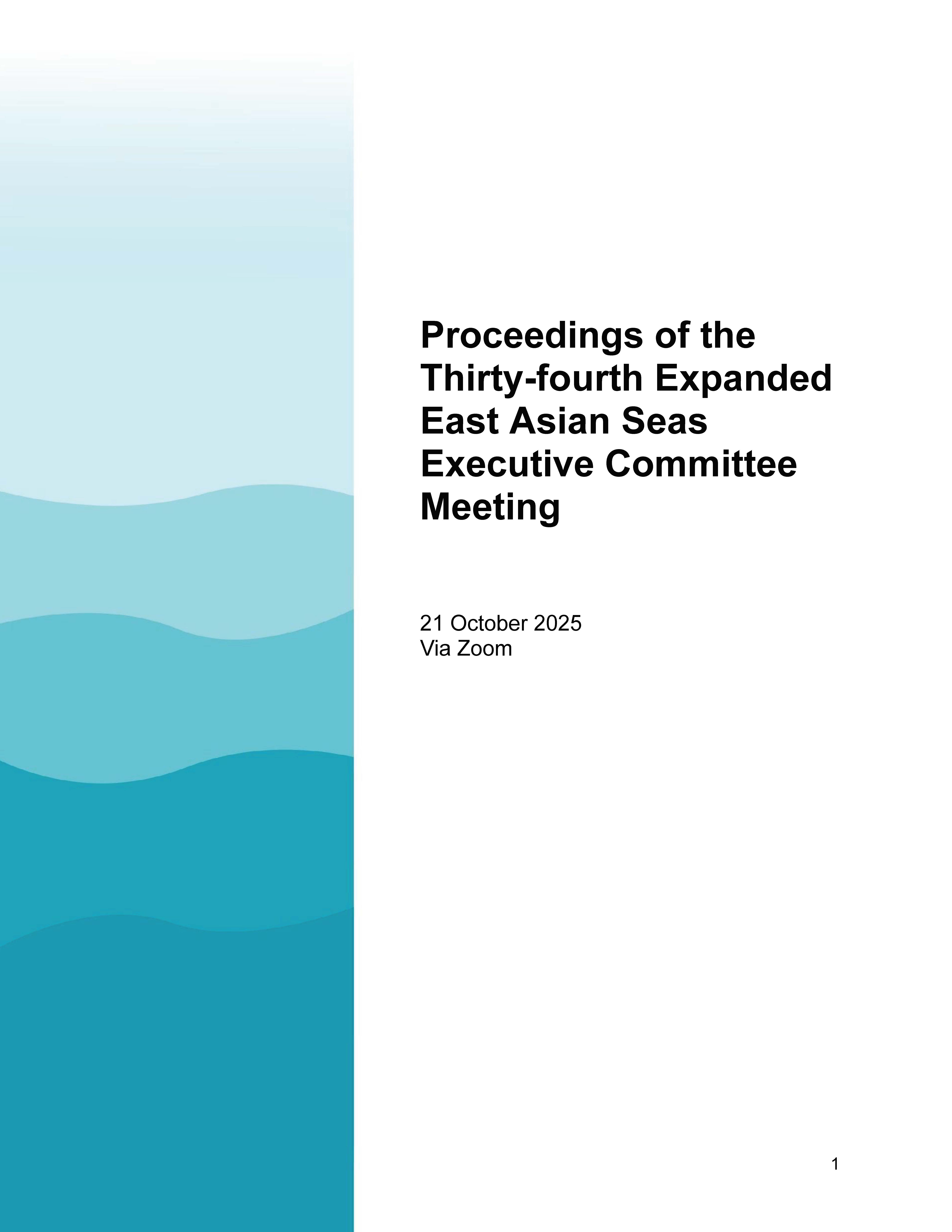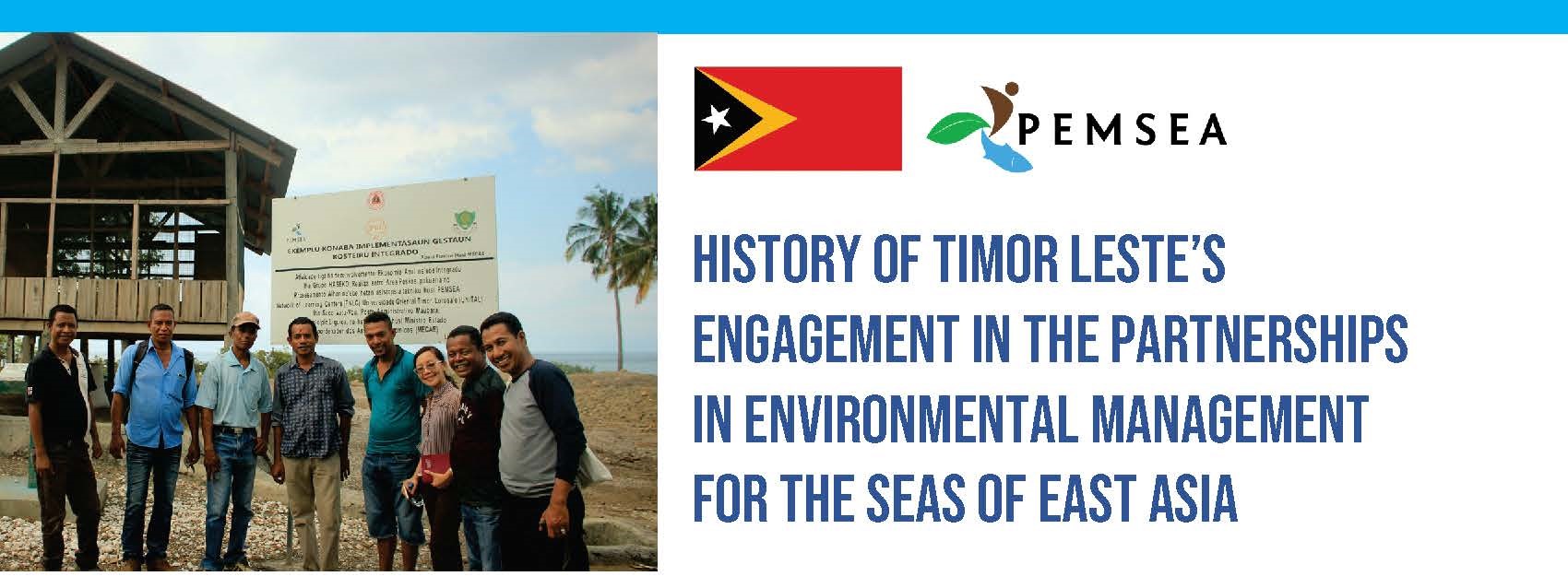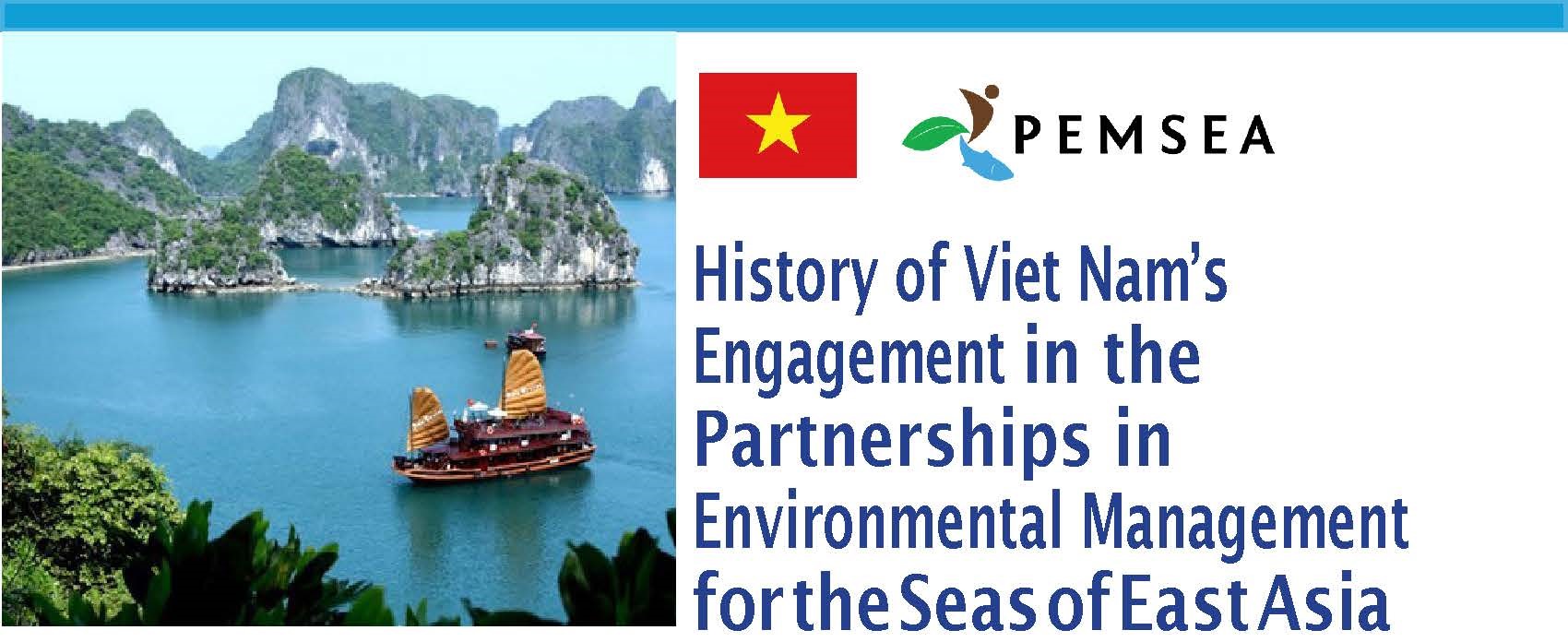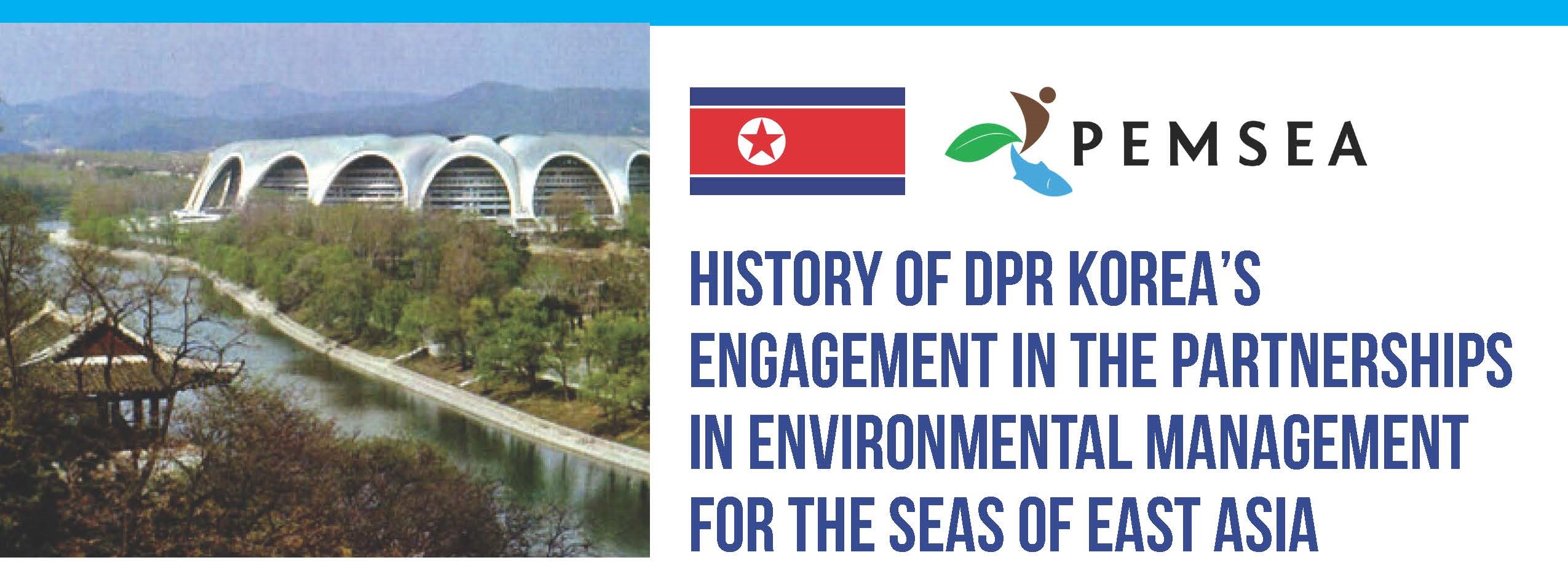
Breadcrumb
Managing Port and Shipping Waste Challenges and Best Practices
PUBLICATION DATE:
Friday, October 21, 2022
PUBLICATION TYPE:
Policy Briefs
STATUS:
Only Available Online
DESCRIPTION:
This paper seeks to provide a review of the development of port sustainability in concept and in practice, with a specific focus on waste management systems within ports. The handling and treatment of ship waste discharge has evolved over time, as shipping has changed and as the understanding of the human impact on the environment has increased.
The general trend among international regulations surrounding waste is to shift it away from disposal at sea and towards disposal on land. There is also a trend towards increasing the efficiency and potentially recyclability of waste, meaning actions such as waste segregation are becoming increasingly important.
Such trends mean greater need at ports for efficient and effective waste management systems, which must receive increasing levels of waste from ships, even as the global shipping industry continues to expand. Waste management has become a key role of ports, with such waste needing to be removed from ships through port just like goods and passengers.
Efficient waste management provides a good service for ports with positive economic, environmental, and reputational benefits. Those with the best capacity to deal with a particular ship’s waste is more likely to see that ship call there. Ports which can rapidly shift waste will have quicker ship turnaround, decreasing wasted ship time and increasing port throughput.
At the same time, as waste management may prove an economic burden, imposing sanitary and safety concerns as well as more direct disposal costs, for both ports and shipping, it needs to take place within a robust regulatory and monitoring framework. Ports and ships working to meet established standards are at a disadvantage if others are avoiding compliance. As a result, improved sustainability is best achieved through broader engagement in developing regulations and monitoring and enforcement mechanisms through transparent stakeholder consultation including port authorities, shipping representatives, local communities living near the ports, and local and national authorities.
Around the world, there are many innovative practices to improve waste operations. Increased digitization allows for earlier notification of incoming waste, better monitoring of waste flows, and easier sharing and analysis of data. Improved segregation on both ships and in ports allows for waste to be more efficiently, and more effectively, treated. Some waste may even undergo minimal treatment while on ships. New waste fee structures accommodating such changes and other considerations are needed to create appropriate incentive structures.
As with regulations, innovations can benefit from enhanced cooperation among stakeholders. Ports can engage with governments and the private sector to prompt attention to shipping-related innovation. Mixed funding schemes, such as public-private partnerships, provide more opportunities for ports to improve and futureproof their activities.
As understanding and research and innovative technologies around waste management continue to increase, national and international expectations are likely to change with changing knowledge. At the same time, shipping volumes will likely keep rising as the global economy expands.
As a hub of the global shipping network, the fate of the seas of East Asia is intertwined with the sustainability of global shipping. While this will be a challenge, it also provides an opportunity, for the ports around these seas to become global leaders in port sustainability innovation.
RELATED PUBLICATIONS
PEMSEA NETWORK OF LEARNING CENTERS (PNLC) 2025 Executive Committee Meeting Proceedings
The 2025 PNLC Executive Committee (PNLC EC) Meeting was organized by PNLC Secretariat on 15 September 2025 in Bogor, Indonesia. It was participated by Prof. Yonvitner of the Center for Coastal and Marine Resources Studies of the IPB University (CCMRS-IPB) and President of the PNLC, Dr. Fang Qinhua, Deputy Director of the Coastal and Ocean Management Institute of Xiamen University (COMI-XU) and Vice-President of the PNLC, and Ms. Aimee T. Gonzales, PEMSEA Resource Facility (PRF) Executive Director as members of the PNLC Executive Committee. Ms. Isdahartatie PNLC secretariat Coordinator/ CCMRS-IPB University, Ms. Nancy Bermas from PRF, Francesca Cortez (PRF Secretariat Assistant) and Lusita Meilana, PNLC Secretariat staff. The meeting was chaired by Prof. Yonvitner. Ms. Isdahartati served as the Secretariat of the meeting.
The following supporting documents are annexed to these proceedings:
- Annex 1: Meeting Agenda / Program
- Annex 2: Links to the meeting documents, presentation and photos
- Annex 3: List of participants
Proceedings of the Thirty-fourth Expanded East Asian Seas Executive Committee Meeting
The Expanded East Asian Seas (EAS) Executive Committee convened its 34th Executive Committee Meeting on 21 October 2025 online via Zoom. The meeting was attended by EAS Partnership Council Chair Attorney Jonas Leones; Intergovernmental Session Chair Mr. Le Dai Thang; Intergovernmental Session Co-Chair Dr. Xinwei Yu; Technical Session Chair Dr. Suk-Jae Kwon; and Technical Session Co-Chair Dr. Wakita Kazumi. The PEMSEA Resource Facility (PRF), led by Executive Director (ED) Ms. Aimee T. Gonzales, served as Secretariat to the meeting. PEMSEA Country Partners in attendance included national focal points and representatives from Cambodia, China, Indonesia, Japan, Lao PDR, the Philippines, the Republic of Korea, Singapore, Timor-Leste, and Viet Nam. Non-Country Partners present included representatives from the ASEAN Centre for Biodiversity, Ipieca GISEA, Oil Spill Response Limited, National Marine Hazard Mitigation Service, International Center for Environmental Management of Enclosed Coastal Seas (EMECS), PEMSEA Network of Local Governments, and Korea Institute of Ocean Science & Technology, among others. Online observers included staff from the PEMSEA Resource Facility and UNDP.
History of Timor Leste's engagement in PEMSEA
Since joining PEMSEA in 2006 through the signing of the Haikou Partnership Agreement, Timor-Leste has made remarkable progress in advancing sustainable coastal and ocean governance under the Sustainable Development Strategy for the Seas of East Asia (SDS-SEA). Over the years, the country has implemented Integrated Coastal Management (ICM) programs in key municipalities, developed national ocean and coastal policies, and strengthened inter-agency collaboration for marine protection and livelihood enhancement. Through its participation in regional initiatives such as ATSEA and the Marine Plastics ODA Project, Timor-Leste continues to demonstrate strong commitment to ecosystem-based management, blue economy development, and regional cooperation for healthy and resilient seas.
History of Viet Nam's engagement in PEMSEA
Since 1993, Viet Nam has been an active partner in advancing sustainable coastal and ocean governance in the East Asian Seas through PEMSEA. From pioneering Integrated Coastal Management (ICM) in Da Nang to establishing the Viet Nam Administration of Seas and Islands (VASI), the country has institutionalized ICM in national policy and legislation while fostering regional cooperation through leadership roles in PEMSEA bodies and ministerial forums. Viet Nam’s consistent participation in key initiatives and adoption of major regional declarations underscore its strong commitment to blue economy development, marine ecosystem protection, and the long-term implementation of the Sustainable Development Strategy for the Seas of East Asia (SDS-SEA).
History of DPR Korea's Engagement in PEMSEA
Since joining the regional GEF/UNDP/IMO Marine Pollution Prevention in the East Asian Seas (MPP-EAS) project, the DPR Korea has actively advanced Integrated Coastal Management (ICM) through the establishment of the Nampho demonstration site and the National ICM Training Center at Kim Il Sung University. The country has consistently participated in key regional forums, including the East Asian Seas Congresses and Ministerial Forums, adopting major regional declarations and frameworks such as the SDS-SEA and Manila Declaration. Its engagement reflects a sustained commitment to regional cooperation, marine pollution prevention, and sustainable coastal development under PEMSEA.
